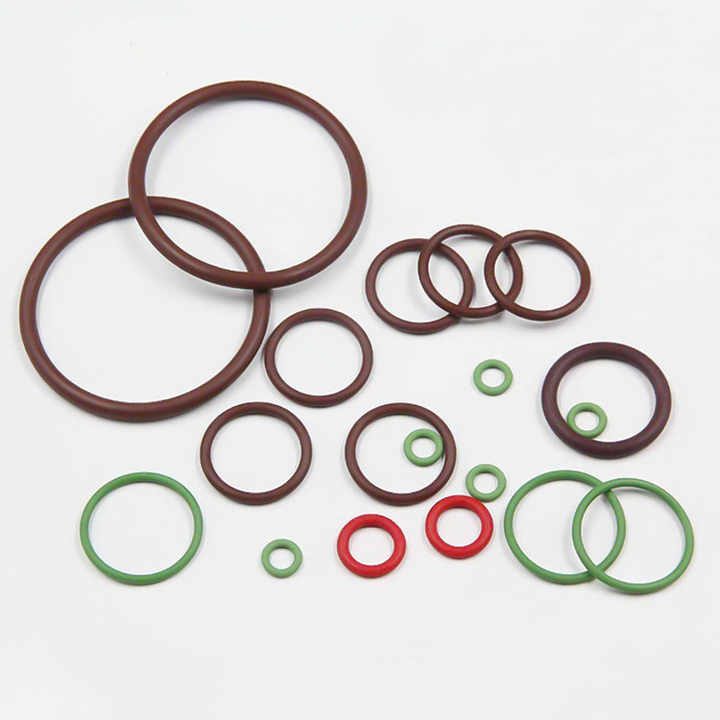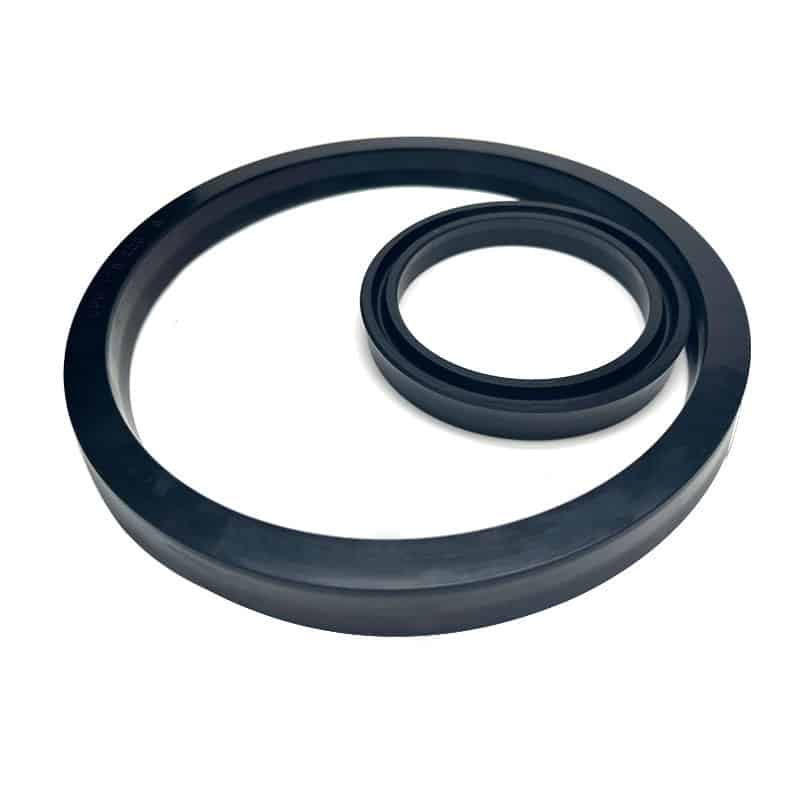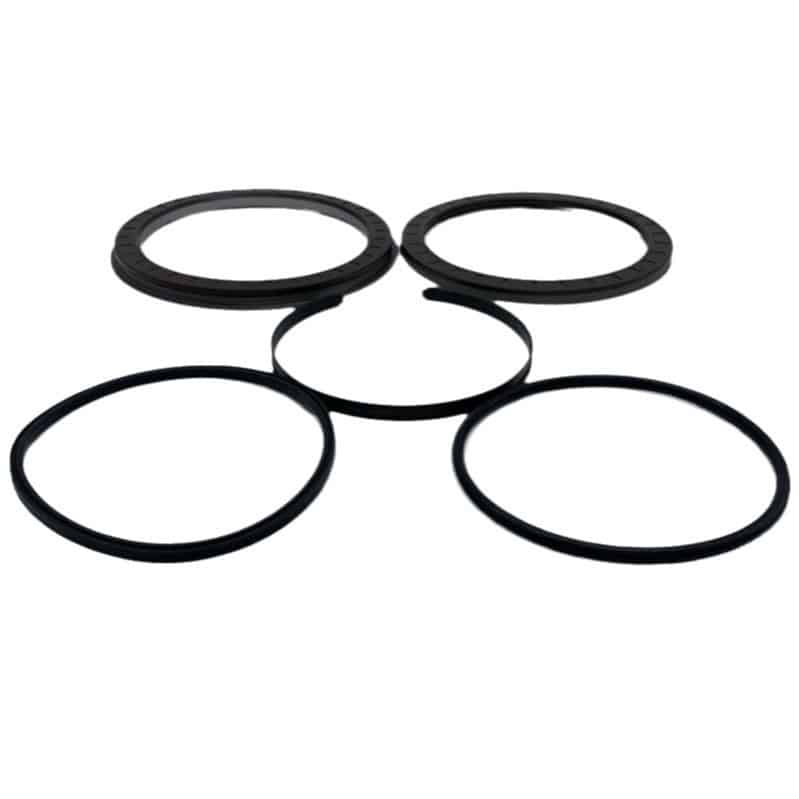Sealing technology in 2025 is evolving faster than ever—driven by performance, sustainability, and automation. Let me show you what’s changing, and how to stay ahead.
Seals are becoming smarter, greener, and more customized. From graphene composites to sensor-enabled seals, here’s how these advances are shaping industrial sealing solutions in 2025.

Let’s explore how these trends are transforming the way we choose and use seals across industries.
What Are the Most Important Seal Innovations in 2025?
Breakthroughs in materials and design are redefining seal performance.
Advanced sealing materials like next-gen PTFE, PEEK, and even graphene are built for extreme heat, chemicals, and wear. These innovations are reshaping expectations in oil & gas, aerospace, and medical sectors.
I recently worked with a client in semiconductor manufacturing who switched to PTFE seals and saw a 30% drop in seal replacement cycles. That’s not marketing—that’s material science doing its job. These materials offer low friction, extended lifespan, and high tolerance under stress.
| مادة | فائدة | التطبيقات |
|---|---|---|
| Graphene | High conductivity, low wear | Aerospace, EVs |
| PEEK | Heat & pressure resistance | Oil & gas, industrial hydraulics |
| Silicone blends | Elastic in -100°C to 300°C | Medical, food processing |
How Do Smart Seals Impact Predictive Maintenance?
Can a seal predict its own failure? In 2025, yes.
Smart seals include sensors that track temperature, pressure, and vibration. They transmit data in real time, enabling predictive maintenance and preventing downtime.

In one case, a fleet operator using smart seals in their hydraulic systems reported 40% less downtime. These seals alerted the system before pressure spikes caused any real damage. We now recommend them to all our clients running high-load systems. If you’re managing critical assets, consider upgrading to smart sealing with our high-precision oil seals for integration.
What Makes a Seal More Sustainable in 2025?
It’s not just about sealing—it’s about impact.
Seals are now being made from bio-based polymers, recyclable elastomers, and with water-based processes that eliminate harmful solvents. This aligns with global mandates like REACH و EPA امتثال.

Our eco-seal projects in the packaging industry saw reduced friction losses and up to 15% energy savings on machinery. Pairing low-friction designs with sustainable materials helps cut emissions and costs—an ideal combination. You can learn more in our article on how we help global buyers reduce downtime and costs.
Will 3D Printing Change Seal Manufacturing?
Yes—and it already is.
3D printing enables custom seals to be produced in hours, not weeks. It’s ideal for prototyping, small-volume runs, or parts with internal features like cooling channels.

We recently used 3D-printed prototypes for a client in aerospace needing حلول الختم المخصصة. Not only did we reduce lead time by 70%, we also achieved precision geometries impossible with traditional molding.
How Are EVs and Aircraft Driving New Seal Designs?
Next-generation vehicles require next-generation seals.
Electric vehicles need seals that resist thermal, chemical, and voltage stress. Aircraft seals must survive extreme speeds and temperatures—including cryogenics for space exploration.

I’ve helped several clients source OEM-grade oil seals for Toyota EV platforms. These seals meet strict hydrogen compatibility requirements while reducing friction losses. In aerospace, we’re seeing rapid growth in demand for high-performance silicone and graphite seals.
خاتمة
Sealing in 2025 is smarter, stronger, and more sustainable than ever before.
Upgrade Your Sealing Systems with Future-Ready Solutions
📩 Email:[email protected]
📞 WhatsApp:+86 17622979498
Related topic
FKM Seals & O-Rings for High Heat
PTFE Seals for Harsh Chemicals
Custom Hydraulic Seals for 2025


